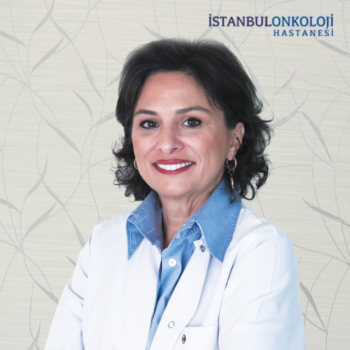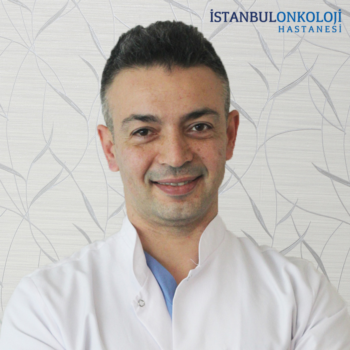It is the department where innovations and technology are advancing rapidly and positive results are obtained in diagnosis and treatment.
Neurosurgery Department is responsible for aneurysms, arteriovenous malformations, and cavernous disturbances of tumours like brain tumours or spinal cord tumours.
Tumours arising from the inside of the brain or spinal cord tissue can cause problems by applying pressure from the outside. also the treatment of clots in constrictions or neck veins (carotid) stenosis, meningomyelocele and its systemic involvement, the increase of fluid in the brain cavities (hydrocephalus), the treatment of all kinds of spinal diseases like spinal cord injuries, as well as the treatment of occlusion of the brain vessels, and surgical treatment of brain haemorrhages.
Which diseases are treated by neurosurgery?
This specialty includes both benign and malignant brain tumours, spinal tumours, tumour diagnosis involving peripheral nerves, and surgical treatments.
The most common types of spine and spinal cord diseases are hernias, which are treated surgically, as well as disorders such as spinal stenosis and waist slippage.
The surgical treatment of spontaneous nervous system anomalies (such as bony spine curvatures, craniosynostosis, hydrocephalus, and swelling that can be seen in the posterior or spinal canal of the spinal openings) is of interest to the neurosurgeon. also the surgical treatment of brain haemorrhages, which are the result of aneurysms and vascular malformations. In the area of functional neurosurgery, surgical treatment of epilepsy patients who cannot be controlled by medication, placement of a pump in an excessive muscle spasm due to settling stroke, and surgical interventions for pain (such as cordotomies, RF, and rhizotomies) are also applied by the neurosurgeon. Juvenile occlusions or strictures (carotid stenosis) and hydrocephalus seen in adults are all parts of the neurosurgery field.
Last Update Date 18 April 2023 Editör Admin Ceyhun Taş - 0541 809 1296














